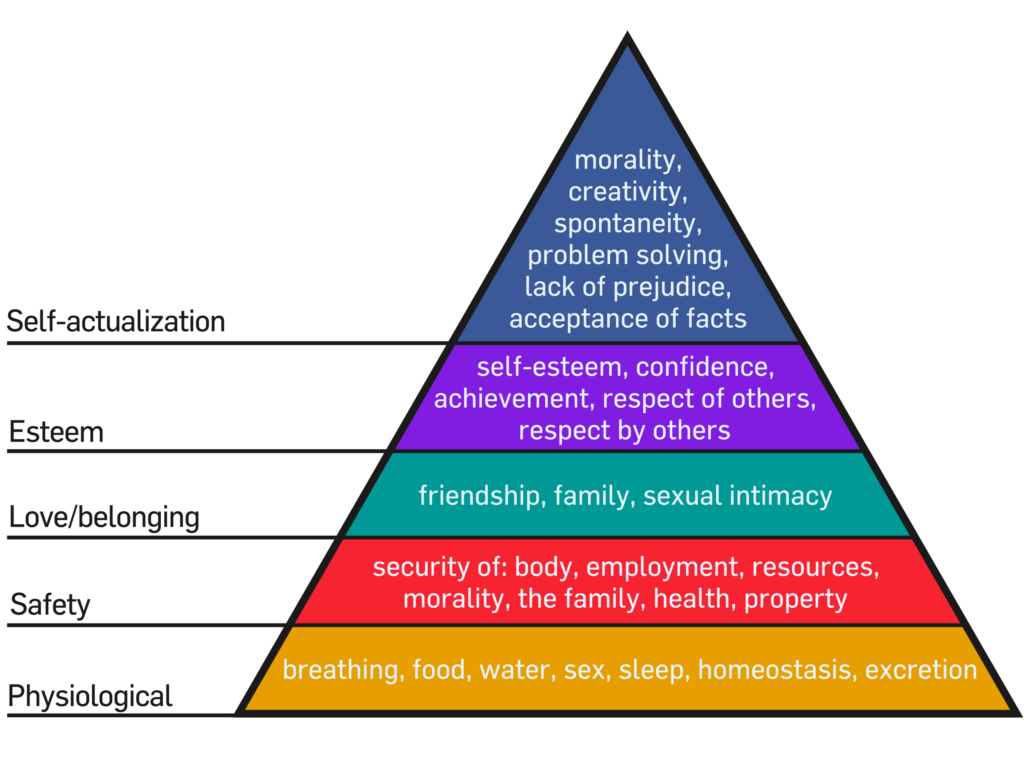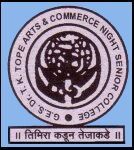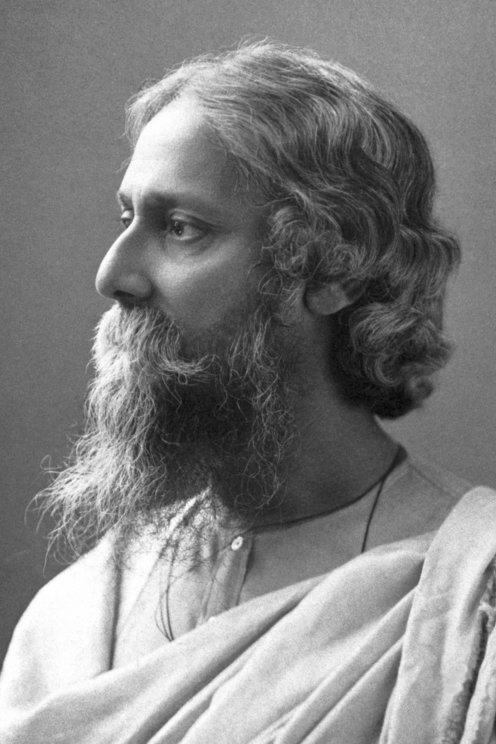Motivational theories – McGregor and McClelland
सर्व पाठांशी संबंधीत व्हिडीओ लेक्चर्स पहाण्यासाठी इथे क्लिक करा
Motivational theories
In the field of Public Administration, several motivational theories have been applied to understand and enhance the motivation of public servants and employees. Here are some prominent motivational theories commonly used in public administration:

Born April 1, 1908
Brooklyn, New York, U.S.
Died
June 8, 1970 (aged 62)
Menlo Park, California, U.S.
Alma mater
City College of New York
University of Wisconsin–Madison
Known for
Maslow’s hierarchy of needs
- Maslow’s Hierarchy of Needs: Abraham Maslow’s theory suggests that individuals have a hierarchy of needs that influence their motivation. The needs range from basic physiological and safety needs to higher-order needs like social belonging, esteem, and self-actualization. Public administrators can use this theory to identify and address the diverse needs of their employees to promote job satisfaction and performance.

- Herzberg’s Two-Factor Theory: Frederick Herzberg proposed that there are two sets of factors affecting job satisfaction and dissatisfaction. Hygiene factors (e.g., salary, working conditions) prevent dissatisfaction when met, while motivators (e.g., recognition, responsibility) lead to job satisfaction and motivation when fulfilled. Public administrators can focus on enhancing both hygiene factors and motivators to improve employee morale and productivity.
- Expectancy Theory: Victor Vroom’s expectancy theory posits that employees’ motivation depends on their belief that efforts will lead to performance (expectancy) and that performance will result in rewards (instrumentality). Public administrators can use this theory to align employees’ efforts and performance with desirable outcomes through clear performance expectations and appropriate rewards.
- Equity Theory: J. Stacy Adams’ equity theory suggests that individuals compare their inputs (effort, skills) and outcomes (rewards) with those of others to assess fairness in the workplace. Public administrators should strive to maintain a sense of equity and fairness in the distribution of rewards and recognition to avoid feelings of demotivation and injustice.
- Goal Setting Theory: Edwin Locke’s goal-setting theory emphasizes the importance of setting specific, challenging, and achievable goals to enhance motivation and performance. Public administrators can use this theory to establish clear and meaningful goals for employees, fostering commitment and focus.
- Reinforcement Theory: This theory focuses on how rewards and punishments can shape behavior. Public administrators can use positive reinforcement, like praise and recognition, and negative reinforcement, like corrective feedback, to encourage desired behaviors and improve employee performance.
- Self-Determination Theory: Edward Deci and Richard Ryan’s self-determination theory highlights the importance of autonomy, competence, and relatedness in motivating individuals. Public administrators can foster intrinsic motivation by providing opportunities for employees to exercise autonomy, develop skills, and foster positive relationships with colleagues.
By understanding and applying these motivational theories, public administrators can create a conducive work environment that boosts employee engagement, job satisfaction, and overall productivity within the public sector.
McGregor
McGregor’s Theory of Motivation, also known as Theory X and Theory Y, was proposed by Douglas McGregor in his book “The Human Side of Enterprise” published in 1960. McGregor developed two contrasting views of human motivation based on his observations of managerial behavior in organizations.
- Theory X: This theory assumes that employees are inherently lazy, dislike work, and will avoid it whenever possible. Managers who adhere to Theory X tend to use a more authoritarian and controlling management style. They believe that strict supervision, external rewards, and punishments are necessary to ensure employees’ compliance and productivity.
- Theory Y: In contrast, Theory Y assumes that employees are self-motivated, seek responsibility, and enjoy their work. Managers who follow Theory Y tend to adopt a more participative and empowering management style. They believe that employees are capable of self-direction and will work toward organizational goals if given the opportunity and the right work environment.
McGregor emphasized that an organization’s management philosophy and practices can influence employee motivation and behavior. Theory Y is generally considered a more positive and effective approach to motivating employees as it encourages employee empowerment, involvement, and trust in their capabilities.
Over time, various other motivational theories and models have been proposed, but McGregor’s Theory X and Theory Y remain significant in understanding different management approaches and their impact on employee motivation and performance.
McClelland
David McClelland’s Theory of Motivation, also known as the Three Needs Theory, was developed in the 1960s. McClelland proposed that individuals are motivated by three fundamental needs, which play a significant role in shaping their behavior and aspirations. The three needs are:
- Need for Achievement (nAch): People with a high need for achievement are driven by a desire to excel, accomplish challenging tasks, and set and attain personal goals. They seek opportunities to take on tasks with moderate difficulty and receive feedback on their performance.
- Need for Affiliation (nAff): Individuals with a high need for affiliation are motivated by the desire for social interaction, acceptance, and maintaining positive relationships with others. They seek opportunities for teamwork and collaboration.
- Need for Power (nPow): Those with a high need for power are motivated by the desire to influence, lead, and have control over others or situations. Their motivation comes from a sense of authority and the ability to make an impact.
McClelland believed that the prominence of these needs varies among individuals and can be influenced by their life experiences, culture, and upbringing. Organizations can effectively motivate their employees by understanding and aligning job characteristics and responsibilities with individuals’ dominant needs. For instance, those with a high need for achievement may thrive in roles that offer challenging projects and opportunities for recognition, while individuals with a high need for power may excel in leadership positions.
The Three Needs Theory has been widely studied and used in various organizational contexts to enhance employee motivation, job satisfaction, and performance.
![]()

